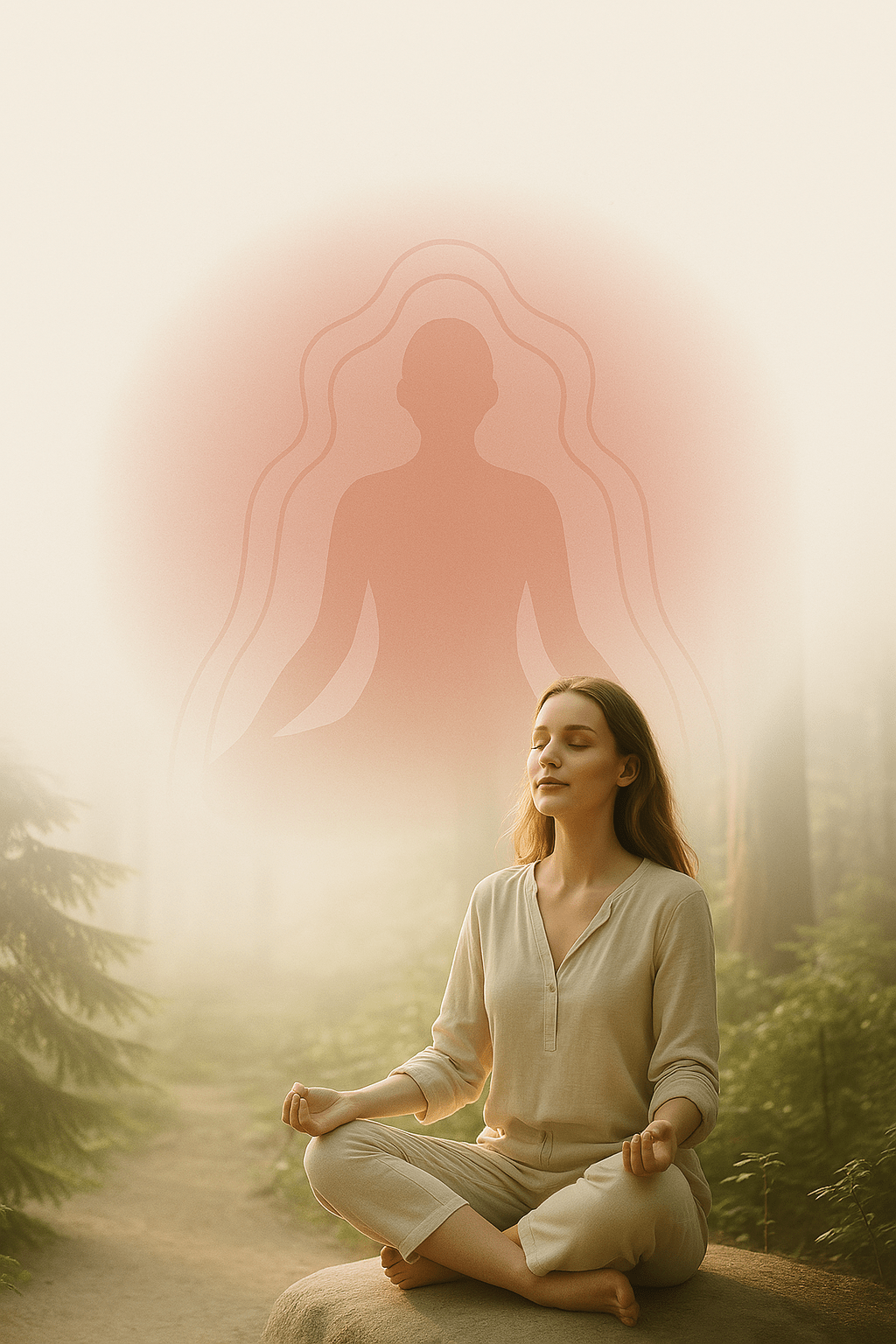Red Light Therapy & PMFE: A Therapist’s Sceptical Step Into the Light
As a therapist, I’m trained to hold space for complexity. I don’t rush to conclusions, and I tend to approach new trends with a healthy dose of scepticism—especially when they promise sweeping benefits. So when I first heard about red light therapy and PMFE (Pulsed Magnetic Field Energy), I was curious but cautious.
The claims were bold: reduced inflammation, improved sleep, emotional regulation, and even cellular repair. But what caught my attention wasn’t the science—it was my own body.
I’ve been navigating perimenopause, and with it, a cascade of symptoms that don’t always show up clearly in blood tests or fit neatly into diagnostic boxes. Chronic, shifting body pain, disrupted sleep, emotional sensitivity, and a general sense of being “off” have become familiar companions. As someone who supports others through emotional and relational pain, I realised I needed to start listening more closely to my own.
So I tried red light therapy and PMFE—not as a believer, but as a curious observer.
To my surprise, and its early days, I have noticed:
- A gentle reduction in body pain, especially in my hips and lower back
- A calming, almost meditative effect during sessions
- Slight improvements in sleep and emotional steadiness
What stood out most wasn’t just the physical relief—it was the invitation to pause. As a therapist, I spend my days attuning to others. These sessions gave me a rare moment to attune to myself. The treatments encouraged stillness, presence, and a kind of embodied awareness I often encourage in clients but rarely prioritise for myself.
I also noticed something subtle but meaningful: a shift in how I relate to my body. Less frustration, more curiosity. Less pushing through, more listening.
What’s particularly exciting for us at Calm Together is how these treatments may support nervous system regulation, especially through their potential influence on the vagus nerve—a key player in emotional resilience, stress recovery, and trauma healing. The vagus nerve helps regulate heart rate, digestion, and the body’s relaxation response. Therapies like red light and PMFE may stimulate vagal tone indirectly by promoting parasympathetic activation—essentially helping the body shift out of fight-or-flight and into a state of calm and repair. For clients navigating trauma, chronic stress, or emotional dysregulation, this could offer a gentle, non-verbal way to support healing alongside talking therapy.
At Calm Together, we’re always exploring integrative approaches that honour both the mind and the body. So given my experience we are investing in these treatments is part of our commitment to offering holistic care—especially for those whose healing journeys involve chronic pain, hormonal transitions, or nervous system overwhelm. These modalities aren’t replacements for therapy, but they may be valuable companions.
I’m not here to make clinical claims or promote miracle cures. But I am here to share what’s helping me feel more grounded, especially during a time of hormonal transition and physical unpredictability. For me, red light therapy and PMFE haven’t been magic fixes—but they’ve offered a gentle nudge toward feeling more at home in my body.
If you’re curious, I’d say: explore with openness, ask questions, and listen to what your body might be trying to tell you. Sometimes, even sceptics need a little light.
And if you’d like to see how this unfolds in real time, I’m planning to record and share parts of my journey with these treatments—offering an honest, behind-the-scenes look at what it’s like to explore them from both a personal and professional lens. Stay tuned.

